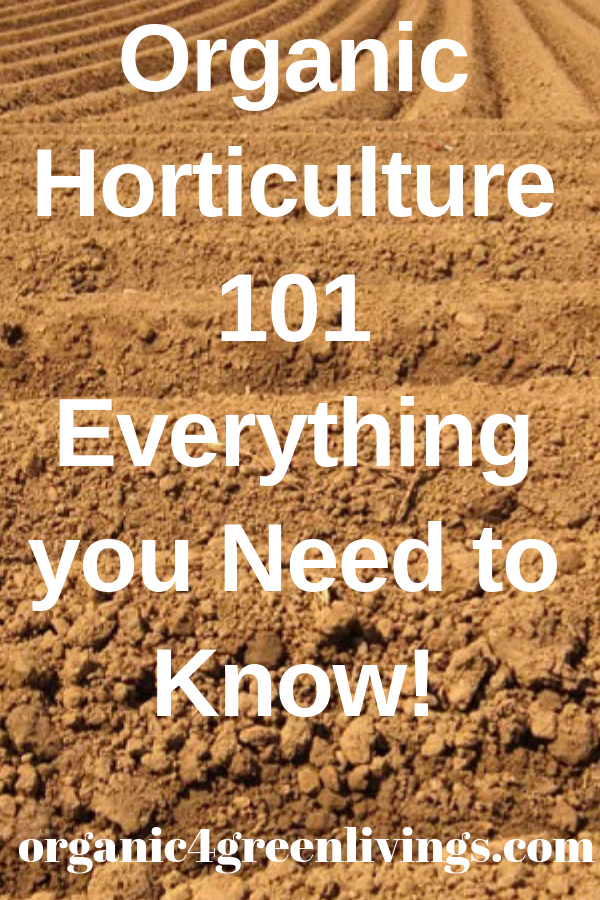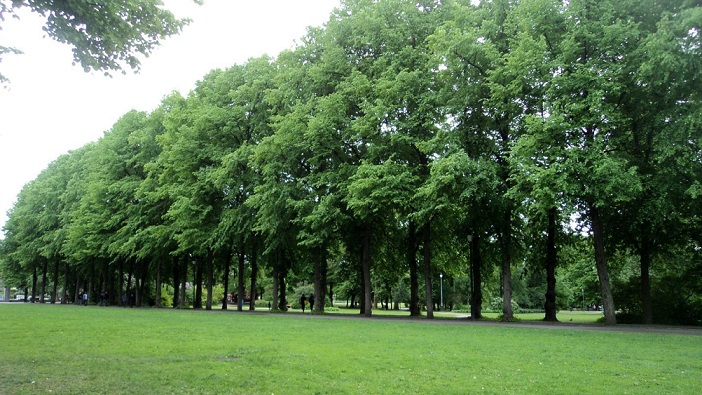Organic Horticulture 101 – Everything You Need to Know
Horticulture, to vastly simplify its most basic level, is gardening. Whether you want to grow your own food or you just want to have a gorgeous, ornamental water garden or you want to try organic farming or landscaping professionally then horticulture might just be for you.
However, if you are completely new to horticulture, you might not know where to start. After all, there is a lot to know. To help you out, we’ve made this guide to horticulture for newbies.
Know Your Climate
There are some things that every plant needs and a lot of this depends on the weather. A major part of this is temperature. For instance, the crops and flowers that can be grown in Southern California probably won’t survive in a place far north.
This also compounds with seasonal weather. The crops that can be planted in spring can’t always survive in a climate with harsher weather in the winter if they are planted during that season.
A big part of knowing your climate and your climate’s seasons is about planning ahead. If you need summer weather for a crop, for example, you can’t plant it at the end of summer if it needs months to grow. If you do this, the weather of the next season will damage your crop’s potential.
Let’s look at corn as an example. Corn is a summer crop as it is very vulnerable to frost. So, it can’t be planted so early that it might still suffer from a cold spell. In that same vein, it can’t be planted too late or it won’t mature before the weather turns again. As such, most choose to plant corn two weeks after the last spring frost.
A part of this planning ahead also means knowing how long your seasonal weather is and how long it takes a crop to grow.
For those working with shorter growing seasons, they might choose to plant Earlivee or Seneca Horizon corn since it is ready to harvest in about 58 to 65 days. If you have a longer growing season, you might have the chance to grow a type like Platinum Lady or Silver Queen that takes around 86 to 92 days to grow to maturity.
Consider Rainfall
When you are considering the climate you are working in, you should also consider the rainfall of that climate. This is because if there is one thing that every plant needs it’s water. However, the amount of water varies. For instance, if you want roses to grow in your garden, this requires more water than if you were to, for example, plant a cactus.
There are 3 major categories of plants when it comes to rainfall.
- Hydrophytes are aquatic such as lotuses or water lilies. They need the most water out of the three categories.
- In the middle of the road are mesophytes. These aren’t particularly in need of very wet or very dry settings. Most terrestrial plants are mesophytes such as lilac and daisies.
- Finally, there are xerophytes. These plants can take long periods without water. These include plants like cacti, pineapples, and succulent plants.
If plants need more rainfall than they are getting, there is the option of watering them. However, if plants need less rainfall, that same solution gets more difficult to use if you want to grow plants outside.

Soil Conditions are Important as Well
While rainfall and weather seem like obvious considerations for how successful your horticulture efforts are going to be, you also need to consider some less obvious aspects such as soil conditions.
There are a few factors to consider when you are looking at your soil quality. A great place to start is to look at the type of soil you have. These types include clay, silt, and sand. Clay measures in at 0.002 mm or less per particle while silt is 0.05 to 0.002 mm per particle and sand is 0.05 mm per particle or more.
You should also consider the pH of your soil. If you aren’t familiar, the pH scale ranges from 0 to 14 which describes how acidic or alkaline your soil is. If the pH of your soil is below 7, it’s acidic and getting more acidic the lower the pH gets. Any pH above 7 is more alkaline soil. Sometimes, you will hear acidic soil referred to as “sour” soil and alkaline soil as “sweet” soil.
If the soil’s pH hovers at just about 7, it is considered neutral – it is neither particularly acidic or alkaline.
The type of soil a plant needs depends on the plant itself. Generally, though, most plants don’t survive well in soil with a pH below 6. There are, however, a handful of plants that prefer acidic soil. Blueberries, rhododendrons, and azaleas all require a pH of 4.5 to 5.5 in their soil. If you need to lower the pH of soil, you can utilize elemental sulfur about a year before planting.
There are a variety of factors that can play into a soil’s pH level. Luckily, you can buy a tester kit that can help you find your soil’s pH level accurately and quickly.
Shared on Simple Homestead Blog hop!



Hi Marla,
Thanks for the awesome guide. Good guide to start horticulture.
HI Cheri,
I glad you found my article and guide helpful. Thanks for stopping by and commenting. Have a healthy, happy & blessed day!